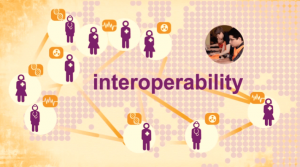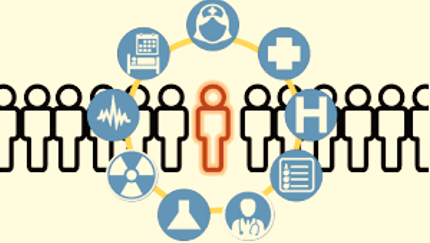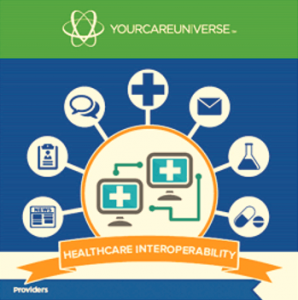What is Interoperability?

Interoperability in healthcare is the extent to which various systems and devices can not only exchange data, but interpret that data and display it in a user-friendly way. Practically speaking, this means that data exchange methods will allow data to be shared across hospitals, pharmacies, labs, clinicians and patients, regardless of which vendor is used.

Foundational Interoperability :Data, such as clinical image files, can be exchanged from one IT system to another
Structural Interoperability :The exchange of data from one system to the next can be interpreted at the data field level – it is preserved or unaltered. Ideally, this would create a uniform movement of healthcare data that remains unchanged in its operational and clinical forms
Semantic Interoperability :This process would make codified data clear because systems would use the same vocabulary and there would be no discrepancies between EMRs.
Why is Interoperability important?

Reduces operational cost and complexity
Enables “best-of-breed” deployments
Leverages existing investments
Benefits
Improve patient care specially for Chronic patients
Better Access of Patient Records
It allows different systems and applications to communicate with one another
Fewer outages, large and small, due to better system monitoring, analysis, and management
Faster service restoration following an outage, due to the availability of better information about outage locations and causes, the availability of interchangeable parts, and highspeed, automated system operations
Better resource adequacy because interoperability enables better integration of diverse supply and demand-side resources, and substitution of demand-side reductions for supply resources